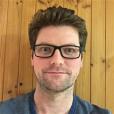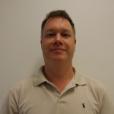Participate in live radiation demonstrations, cover syllabus content and visit ANSTO virtually during our online depth study classes for Year 12 Physics.
- Participate in live demonstrations to review the properties of alpha, beta and gamma radiation.
- Learn about radioactive decay, half-life and methods of detecting radiation, including with a cloud chamber.
- Define and understand applications of fission, fusion, binding energy and mass defect, and investigate the structure and function of the OPAL multipurpose reactor.
- Investigate the role and operation of particle accelerators at ANSTO.
Cost: $90 per class.






